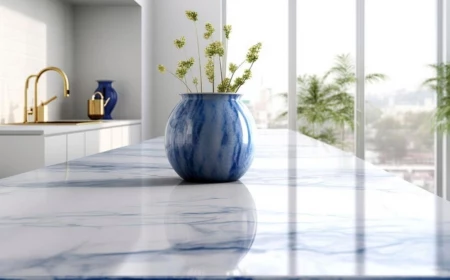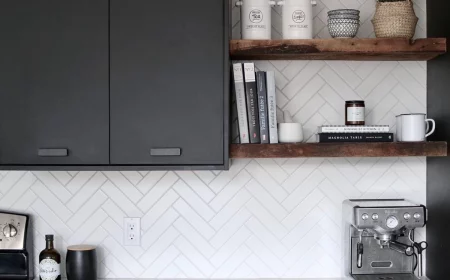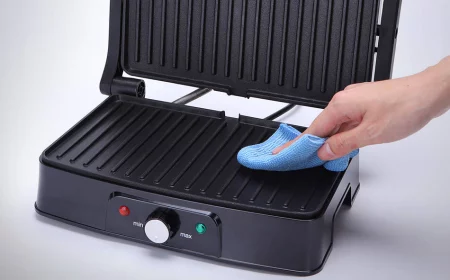That Awful Kitchen Sink Smell? Here’s How a Pro *Actually* Fixes It.
You know the smell. It’s that funky, sour odor that hangs around your kitchen sink, even when it’s sparkling clean. It’s the gurgle of a drain that’s taking its sweet time. After years of crawling under sinks for a living, I can tell you this is probably the number one reason people call a plumber. It’s not a dramatic flood, just a slow, smelly drain that finally drives you nuts.
In this article
- First, What’s Happening Under Your Sink?
- The Real Source of the Stink: Meet Biofilm
- Let’s Talk Home Remedies: The Good, The Bad, and The Useless
- A Quick Guide to Garbage Disposal Care
- The DIY Fix: How to Clean a P-Trap Manually
- When the Clog is Deeper: Using a Hand Auger
- Why I NEVER Recommend Chemical Drain Cleaners
- Knowing When to Fold: Signs You Need a Pro
- Inspiration:
Honestly, most folks have already tried a few tricks from the internet by the time they call. Sometimes they help for a day or two. Other times, they can make things even worse. My goal here isn’t just to tell you how to fix the immediate problem, but to actually show you what’s going on inside those pipes. A little bit of know-how can save you a lot of future headaches and cash.
First, What’s Happening Under Your Sink?
Before you pour anything down the drain, let’s take a quick peek underneath. Pop open that cabinet door. It might look like a jumble of pipes, but it’s a pretty smart, simple system. Knowing the parts is half the battle.
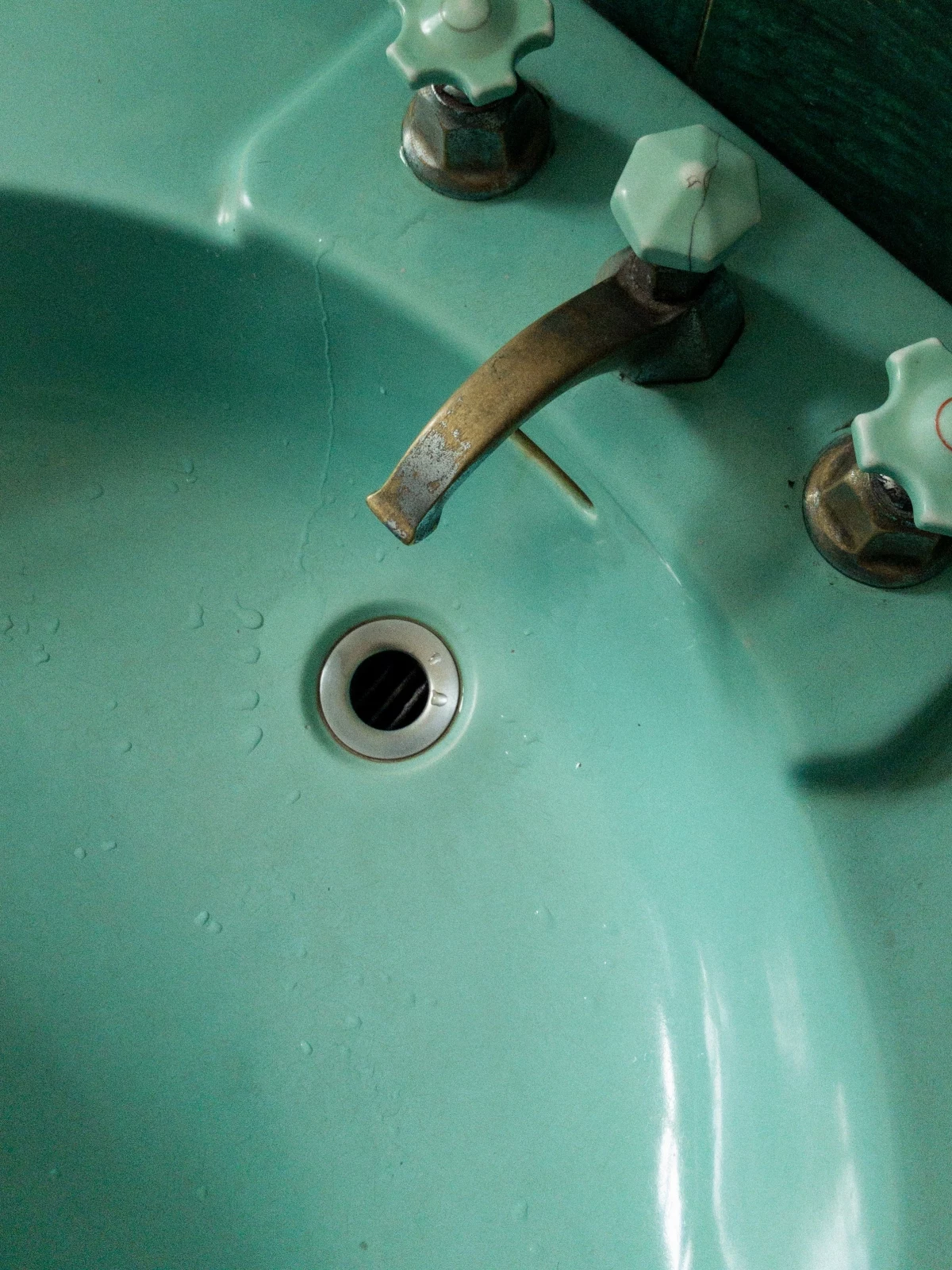
- The Tailpiece: This is the straight pipe coming directly down from your sink’s drain. It’s the entry point for everything.
- The P-Trap: This is the most important player in our story. See that U-shaped bend in the pipe? That’s the P-trap. Its whole job is to hold a little plug of water 24/7. That water acts as a seal, literally blocking gross sewer gases from wafting up into your kitchen.
- The Trap Arm: This is just the pipe that connects the P-trap to the main drain pipe disappearing into your wall.
By the way, if you ever get a really strong, rotten-egg sewer smell, it often means the water in that P-trap has dried up. This can happen in a guest bathroom that rarely gets used. Just run the water for a minute to refill it, and the smell should vanish. If it doesn’t, that could signal a bigger venting issue, but we’ll get to that later.
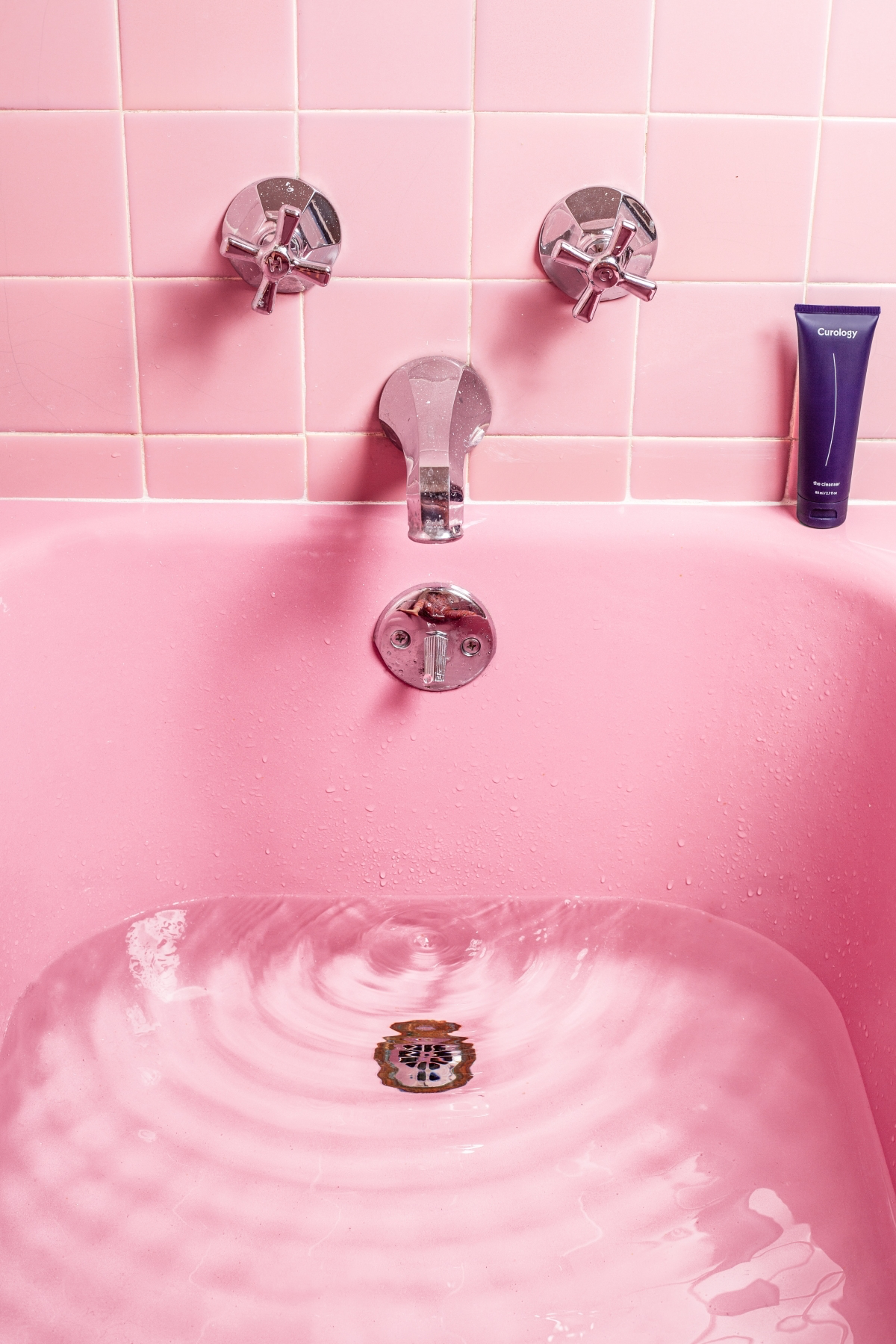
The Real Source of the Stink: Meet Biofilm
So, if the P-trap is blocking sewer gas, what’s that foul smell? It’s the smell of stuff rotting inside your pipes. Over time, the inside of the drainpipe gets coated in a slimy, sticky layer of gunk. The technical term is biofilm, but in the trade, we just call it… well, you can imagine.
This gunk is a living colony of bacteria, and its favorite food is what plumbers call FOG: Fats, Oils, and Grease. When you wash a greasy pan, the hot water and soap turn the fat to liquid. But as soon as it hits those cool pipes, the FOG turns back into a solid, sticky mess. It clings to the pipe walls, trapping every little food particle, coffee ground, and bit of soap scum that follows. This creates an all-you-can-eat buffet for bacteria, and as they feast, they release some seriously stinky gases. That’s the smell you’re dealing with.
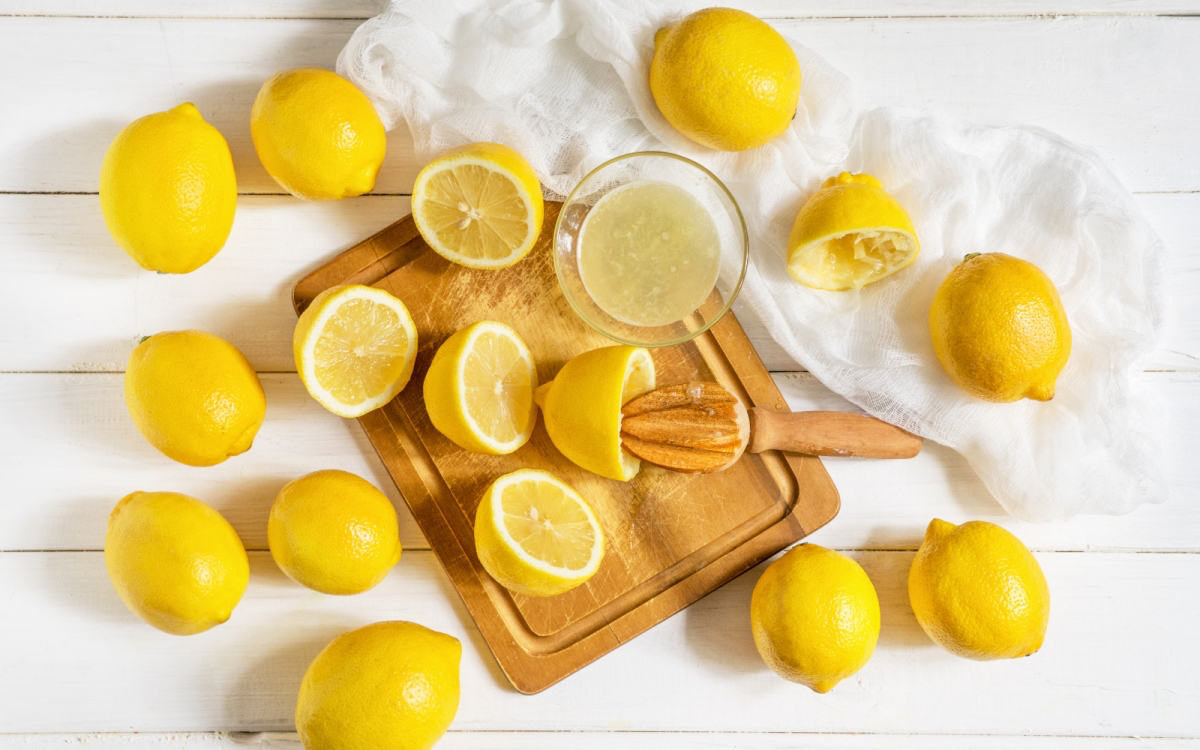
Let’s Talk Home Remedies: The Good, The Bad, and The Useless
The internet loves a good home remedy, but let’s break down what actually works from a pro’s perspective.
The Volcano Experiment (Baking Soda & Vinegar)
This is the classic. The fizzing action you get from mixing baking soda (a base) and vinegar (an acid) is fun to watch, and it can help loosen some of the very light, loose gunk. But that’s about it. It does NOT have the power to dissolve hardened grease. Think of it as a temporary deodorizer, not a deep cleaner.
- Cost: Basically free.
- Plumber’s Safety Rating: Perfectly safe, but not very effective.
Boiling Water: A Word of Warning
Please, I’m begging you, DO NOT pour boiling water down your kitchen drain. I once saw a PVC P-trap so warped from boiling water it looked like a piece of sad, melted spaghetti. The slow leak that resulted had completely rotted out the bottom of their sink cabinet—a much bigger and more expensive problem. The plastic pipes (usually white PVC or black ABS) under your sink can soften, warp, and crack under that extreme heat. It can also damage the rubber seals and gaskets. Even if you have older metal pipes, the sudden temperature shock isn’t great for the joints. Just use the hottest water from your tap. It’s enough to help melt fresh grease without risking your plumbing.
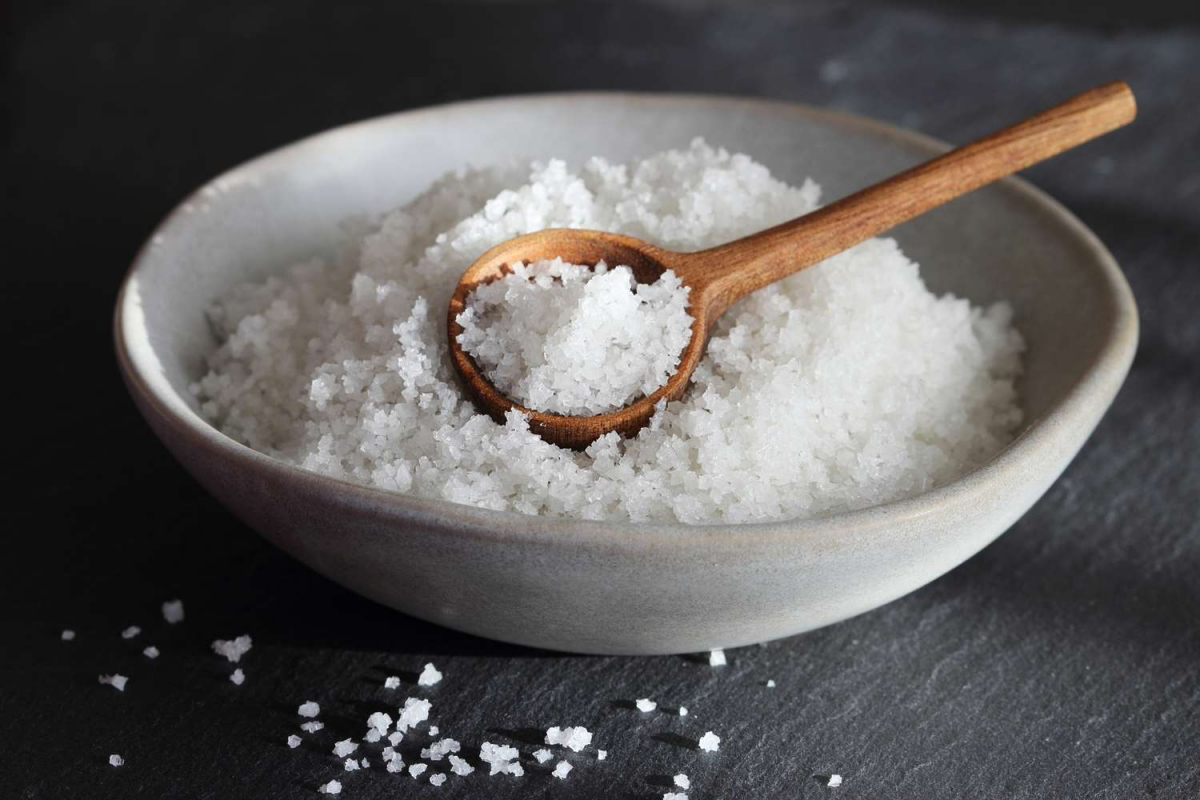
- Cost: Free.
- Plumber’s Safety Rating: Surprisingly low. High risk of causing damage for very little benefit.
The Pro’s Go-To for Prevention (Dish Soap)
For regular maintenance, I recommend something way simpler. Once a week, maybe right before bed, squeeze a generous amount of a good grease-cutting dish soap into the drain. Follow it with hot tap water for a minute or two. The soap is designed to break down grease, and this simple flush helps wash away the daily FOG before it hardens. It’s a preventative habit, not a cure for a major clog, but it’s the best way to keep things smelling fresh.
- Cost: Pennies.
- Plumber’s Safety Rating: Perfectly safe and highly effective for maintenance.
A Quick Guide to Garbage Disposal Care
Oh yeah, let’s talk about the garbage disposal, because it’s a huge source of smells and clogs when used incorrectly. Think of it as a chipper, not a black hole.
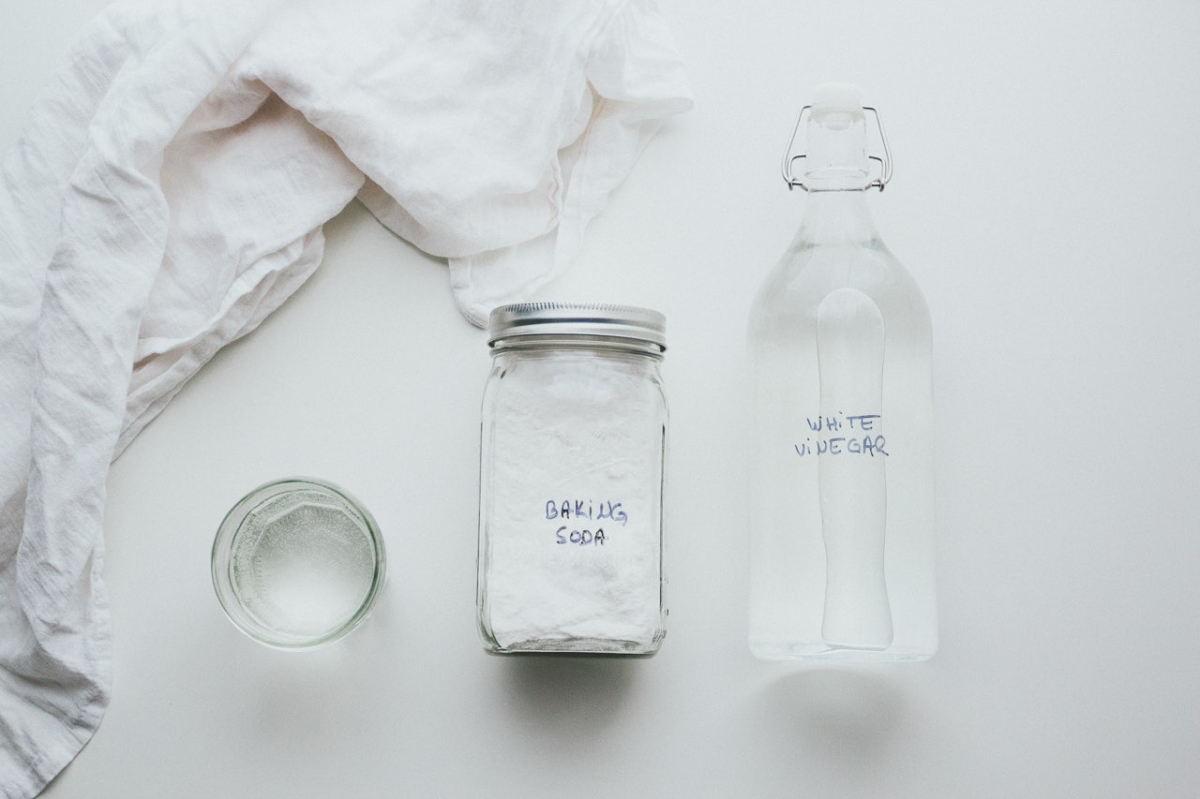
What’s SAFE to put down there:
- Always use a strong flow of COLD water. Cold water keeps grease and fats solid so the disposal can chop them up and wash them away. Hot water melts them, only for them to solidify further down the pipe, creating a clog.
- Small, soft food scraps.
- Citrus peels! Grinding up a few lemon or orange peels is a great natural way to clean the unit and freshen the drain.
The ‘Never, Ever’ List:
- Coffee grounds and eggshells: They create a gritty, sludge-like sediment that is notorious for causing clogs. Just throw them in the trash or compost.
- Pasta, rice, or bread: These expand with water and can quickly turn into a doughy paste inside your pipes.
- Fibrous vegetables: Things like celery stalks, onion skins, and corn husks have stringy fibers that can wrap around the disposal’s blades and motor.
- Fats, Oils, and Grease: Never, ever pour liquid grease down the drain. Pour it into an old can, let it solidify, and throw it in the trash.
The DIY Fix: How to Clean a P-Trap Manually
When flushing isn’t cutting it anymore, it’s time for a little hands-on cleaning. Tackling the P-trap is messy, but it’s the single most effective way to fix a slow, smelly drain, and it often solves the problem completely.
What you’ll need:
- A bucket or a big bowl
- Channel-lock pliers (you can grab a decent pair for about $15 at any hardware store)
- Rubber gloves (trust me)
- An old toothbrush or a cheap bottle brush (around $5)
- A few old towels
The whole setup shouldn’t cost you more than $20 in tools if you don’t already have them. Plan for about 30 minutes for your first time; once you’ve done it, it’s a 10-minute job.

Here’s what you do:
- Prep your space. Clear everything out from under the sink and place your bucket directly under the U-shaped pipe.
- Loosen the nuts. There are two big plastic nuts (called slip nuts) holding the P-trap in place. Try loosening them by hand first (counter-clockwise). If they’re stuck, use the channel-lock pliers, but be gentle. They’re plastic and can crack.
- Remove the trap. Once the nuts are loose, the U-bend will pull right off. Be ready—the water and gunk inside will spill into your bucket. Yep, that’s the source of the smell!
- A lesser-known trick: Before you do anything else, stuff a rag into the open pipe coming out of the wall. This will block any lingering smells and, more importantly, prevent you from accidentally dropping a slip nut or your wedding ring down the drain. It happens!
- Scrub it clean. Take the P-trap to another sink and give it a thorough scrubbing with hot, soapy water and your brush. Get all that black slime out.
- Reassemble and test. Put the trap back, making sure the little rubber washers are seated correctly. Hand-tighten the nuts, then give them a final quarter-turn with the pliers—don’t overtighten! Turn on the faucet and watch the connections closely for any drips. If you see one, tighten the nut just a tiny bit more.
When the Clog is Deeper: Using a Hand Auger
If you clean the trap and the drain is still slow, the clog is further down the line. The next step is a small drain snake, or hand auger. You can buy one for about $25-$40 at Home Depot or Lowe’s, and it’s a fantastic tool for a homeowner to own.
With the P-trap still removed, you just feed the auger cable into the pipe in the wall until you feel resistance. Then, you crank the handle while pushing forward to work the corkscrew tip into the clog, breaking it up or snagging it so you can pull it out. Always wear gloves and eye protection for this! Once you think it’s clear, reassemble the P-trap and flush the drain with plenty of hot water.
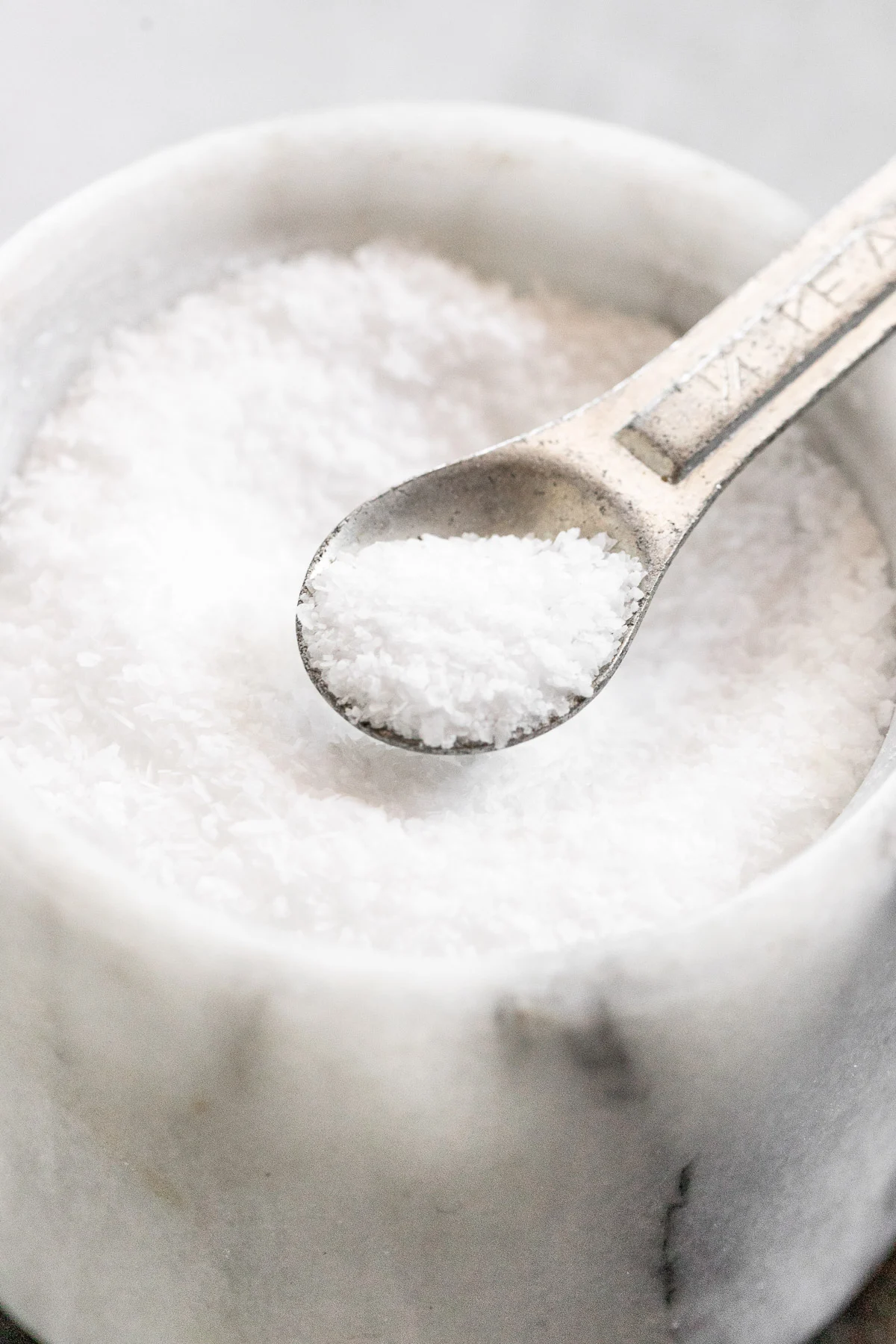
Why I NEVER Recommend Chemical Drain Cleaners
You’ll notice I haven’t mentioned those bottles of liquid drain cleaner. Most pros won’t touch them, and for good reason. They work by creating a powerful chemical reaction that generates a ton of heat. That heat can easily warp or crack your PVC pipes. And if the chemical fails to clear the clog? Now you have a sink full of highly corrosive acid or lye just sitting there. It’s a huge safety hazard for you and for the plumber who eventually has to deal with it. Mechanical cleaning is always safer and more effective.
Knowing When to Fold: Signs You Need a Pro
Sometimes, a problem is just too big for DIY. If you’ve cleaned the trap and snaked the line and it’s still not working, it’s time to call for help. Here are the signs:
- The problem is widespread: Running the kitchen sink makes the toilet gurgle or backs water up in a basement drain. This means the clog is in the main sewer line, not just your kitchen branch.
- The clog won’t budge: The blockage might be too far or too solid (like tree roots) for a small hand auger.
- It keeps coming back: If you’re clearing the same drain every few months, there’s likely an underlying issue with the pipe itself, like improper slope or a break in the line.
When you call a pro, we bring out the heavy-duty equipment—like power augers that can cut through roots, or hydro-jetters that use high-pressure water to blast pipes completely clean. We can even use a special camera to see exactly what’s going on down there. Some problems just require bigger tools and an experienced eye.
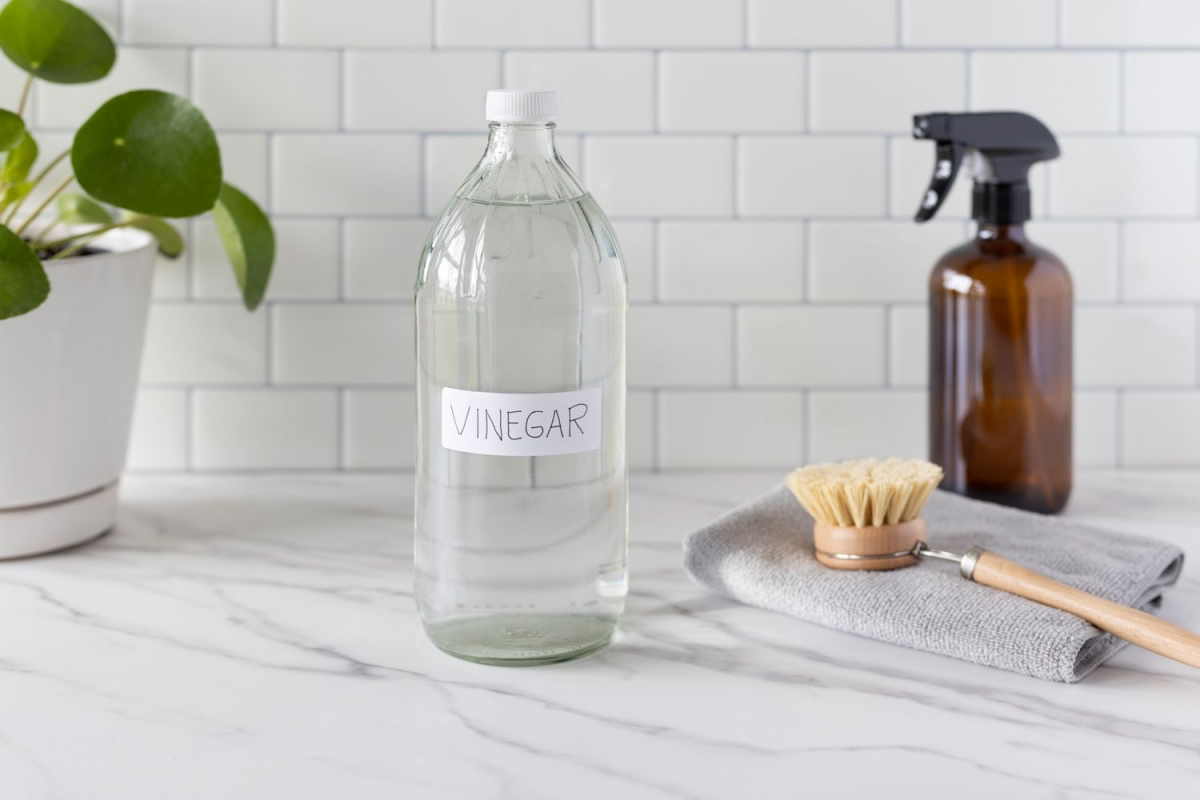
But for the most part, a little prevention—being smart about what goes down the drain and doing a weekly soap flush—is all you need to keep your sink flowing freely and smelling fresh for years to come.
Inspiration:
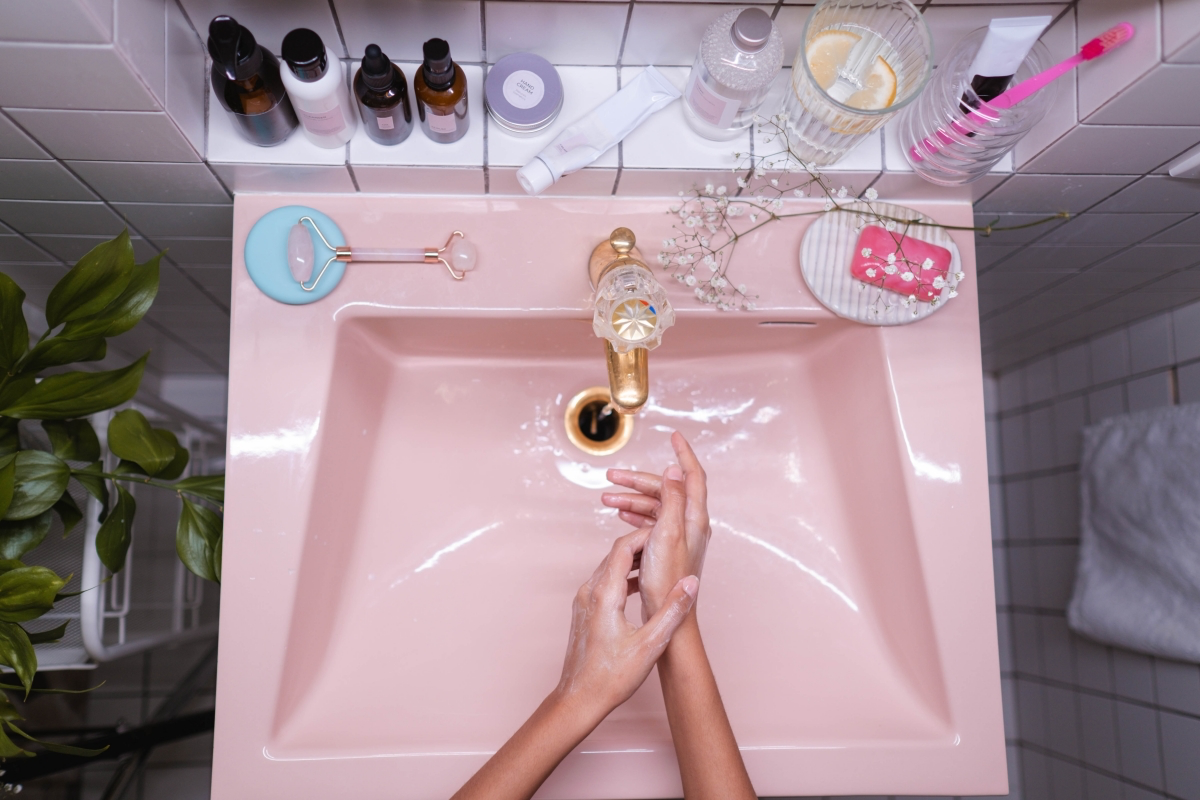
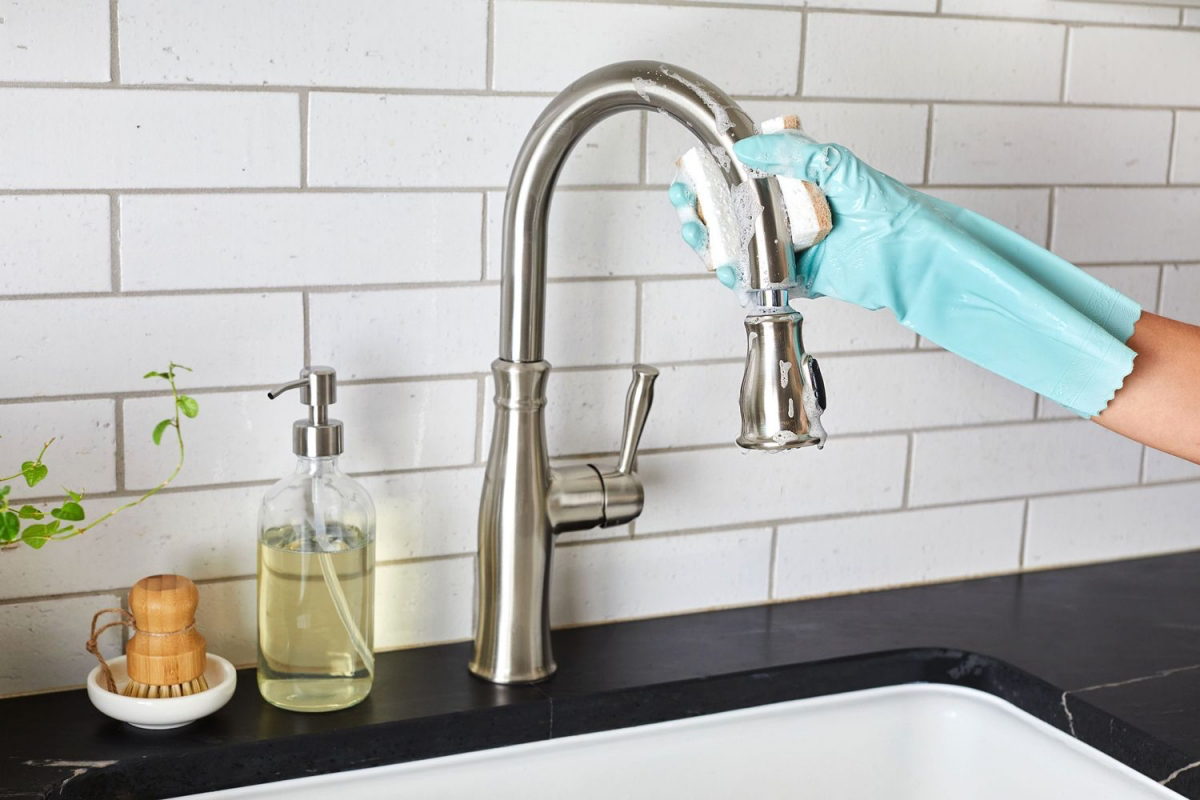
According to the American Cleaning Institute, enzymatic cleaners work by using bacteria to produce enzymes that specifically break down organic soils like grease, food particles, and fats found in drain pipes.
Unlike harsh chemical drain openers, this process is a slow, methodical cleaning rather than a rapid, corrosive blast. For preventing that funky biofilm smell, a monthly treatment with a product like Bio-Klenz or Green Gobbler is a plumber’s secret. It gradually digests the source of the odor without risking damage to your pipes or the environment, maintaining a clear and fresh-smelling drain system effortlessly.
Can that “simple” boiling water trick actually damage your pipes?
Yes, it can. While it’s a popular internet hack for clearing grease, most modern kitchen drains use PVC pipes, which are only rated to withstand temperatures up to 140°F (60°C). Boiling water is 212°F (100°C). Pouring it down the drain can cause the PVC to soften, deform, or even weaken the cemented joints over time, leading to hidden leaks inside your cabinets or walls. Stick to hot tap water and a good enzymatic cleaner for a safer, long-term solution.




